Deck & Commander Strategies
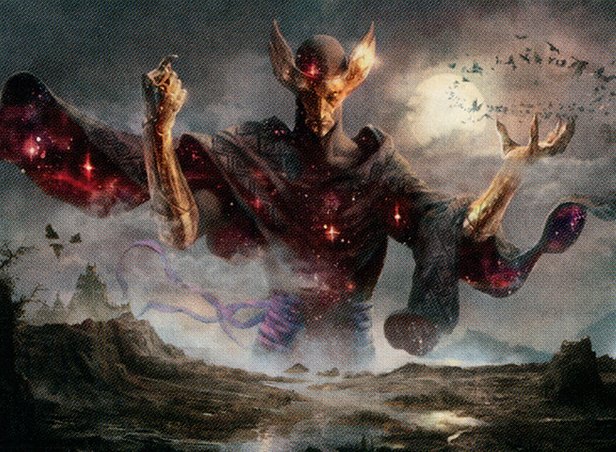
Phenax, God of Deception
Focuses on milling opponents’ decks by tapping creatures and leveraging artifacts like Mesmeric Orb and milling triggers. Uses control elements and card advantage engines to outlast opponents and mill them out.

Rakdos, Lord of Riots
Aggressive reanimation and creature-based damage. Uses mana acceleration and graveyard recursion to deploy threats quickly and pressure opponents with large creatures and combos.

Mayael the Anima
Ramp-heavy deck that uses creatures like Wood Elves and Lotus Cobra to accelerate mana and cast big beasts through spells like Genesis Wave and Defense of the Heart to overwhelm opponents.

Kruphix, God of Horizons
Card advantage and resource accumulation via life payment and cards like Sylvan Library and Survival of the Fittest. Uses incremental advantage to maintain a steady board presence and value engine.
Gameplay Insights
- 1
Relic of Progenitus was crucial early to disrupt Rakdos's graveyard strategy, delaying his reanimation plays.
- 2
The Blasphemous Act board wipe dramatically shifted board control, forcing players to rebuild and reconsider their strategies.
- 3
Phenax’s use of Tezzeret the Seeker to untap mana rocks allowed casting of high-impact creatures like Iona, enabling color denial and control.
- 4
Milling effects combined with ramp allowed Mayael to cast large creatures efficiently, leveraging Genesis Wave for explosive board development.
- 5
Players used careful timing of graveyard recursion and removal spells to maximize value and disrupt opponents' combos.
- 6
The aggressive attack by Rakdos forced multiple players into defensive positions, but the subsequent board wipe neutralized some of that pressure.
Notable Cards
-
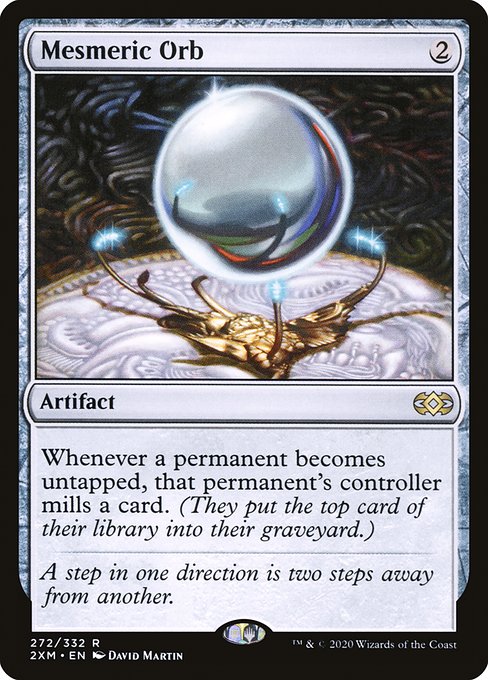
Mesmeric Orb
-
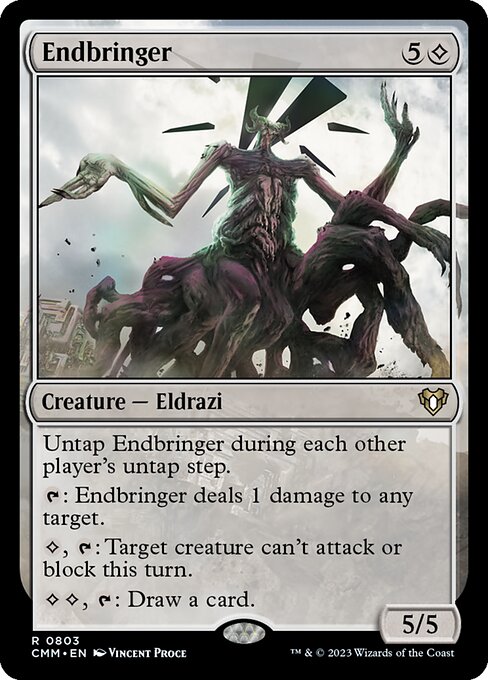
Endbringer
-
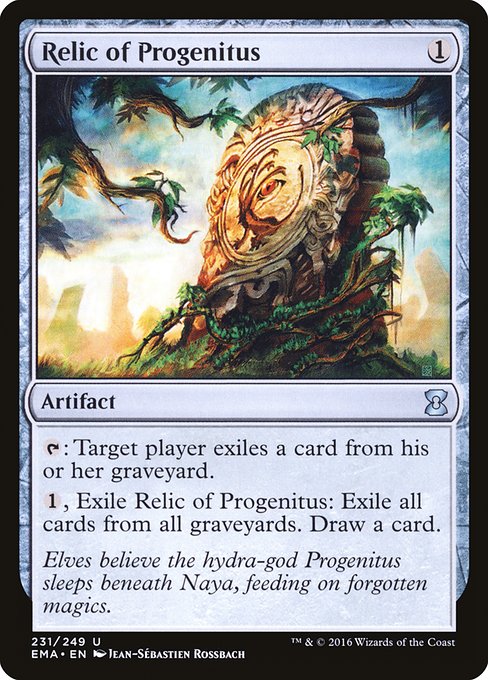
Relic of Progenitus
-
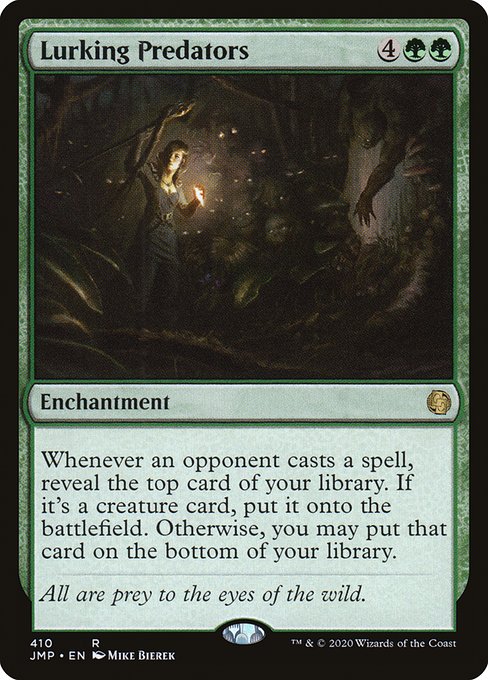
Lurking Predators
-
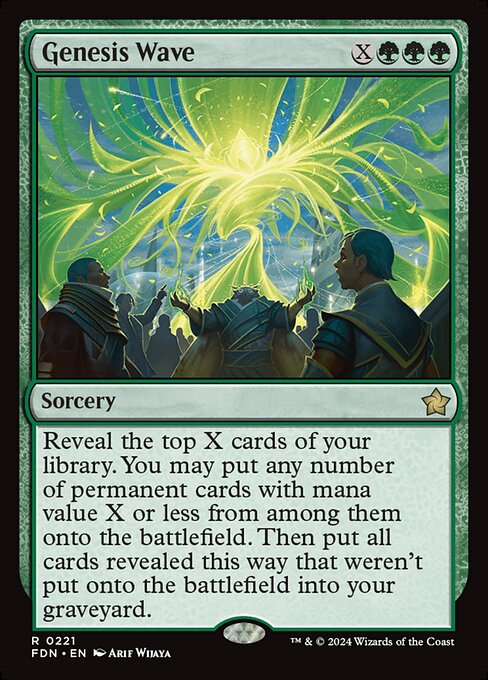
Genesis Wave
-

Defense of the Heart
-
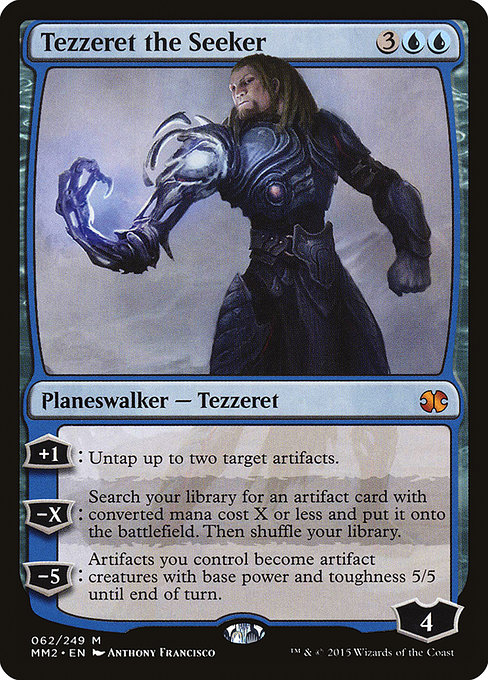
Tezzeret the Seeker
-

Iona, Shield of Emeria
-
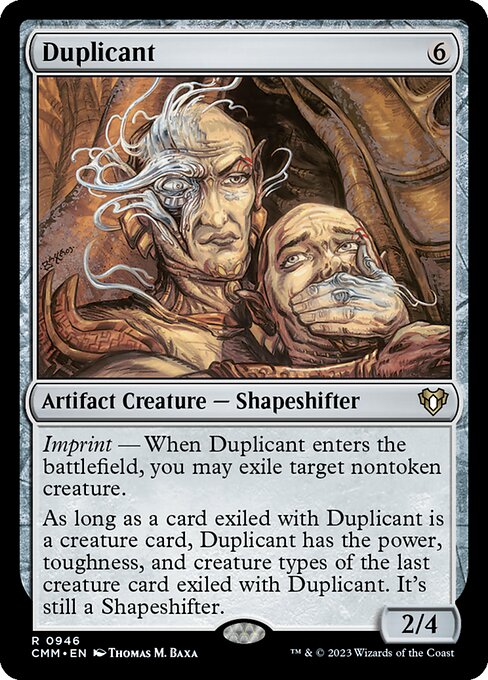
Duplicant
-

Blasphemous Act
-
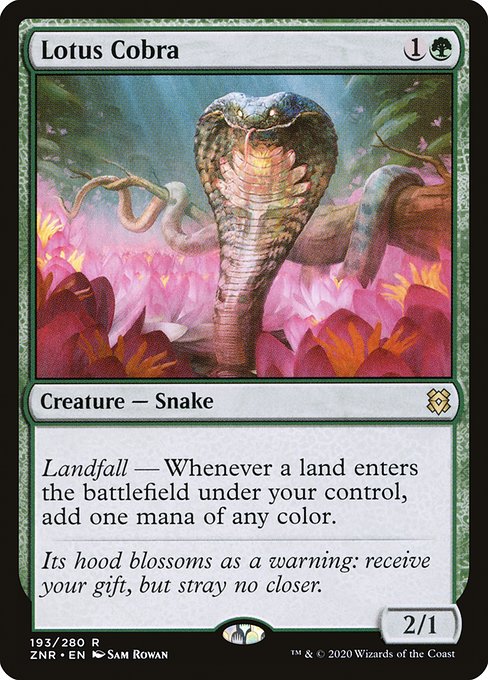
Lotus Cobra
-
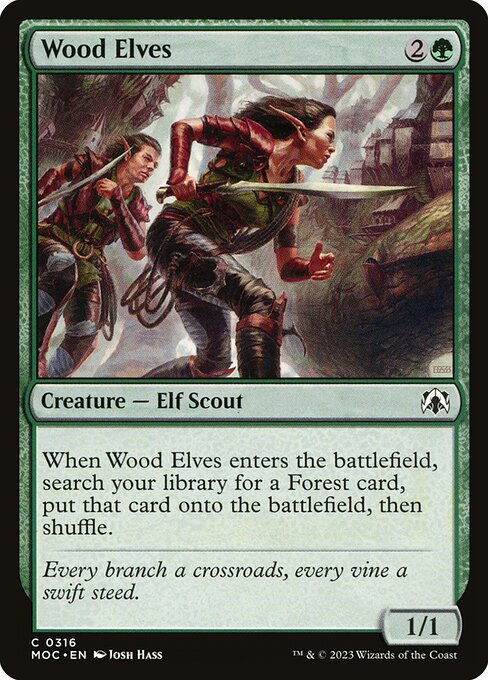
Wood Elves
-
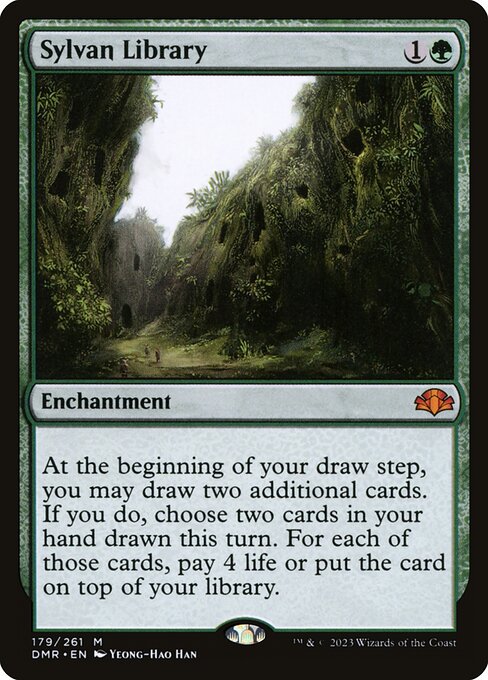
Sylvan Library
-
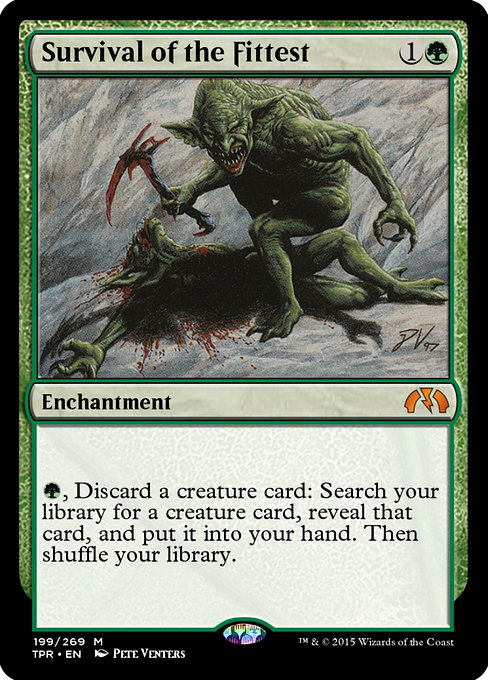
Survival of the Fittest
-
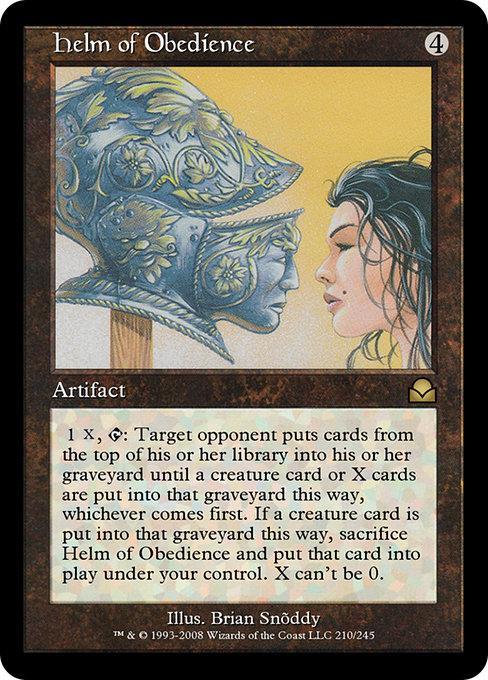
Helm of Obedience
-
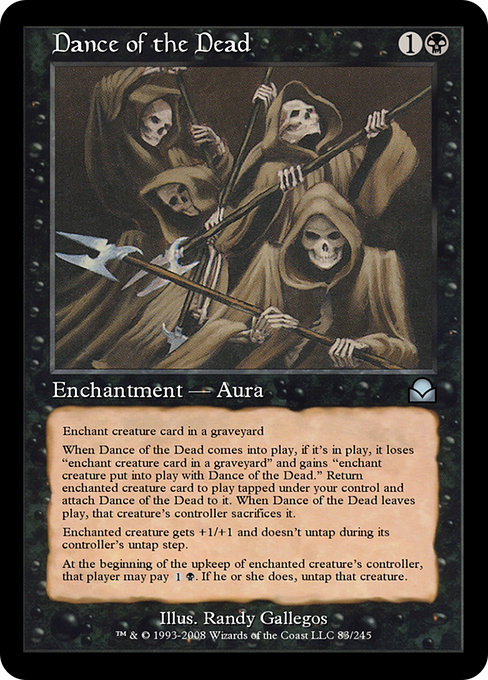
Dance of the Dead
Gameplay Summary
The game began with each player establishing their mana base and early board presence, with some early graveyard disruption coming from Relic of Progenitus and milling effects from multiple players.
Phenax's player focused on milling and controlling with artifacts like Mesmeric Orb and Endbringer, while Rakdos utilized reanimation and aggressive creatures to apply pressure.
Mayael's deck ramped quickly with creatures like Wood Elves and Lotus Cobra, aiming to cast big threats via ramp and Defense of the Heart.
Kruphix capitalized on card advantage and life payment with cards like Sylvan Library and Survival of the Fittest, enabling a steady stream of creatures and lands.
Early key interactions included graveyard disruption that slowed Rakdos's reanimation plans and multiple mill triggers that began filling graveyards for Phenax’s mill-based strategy. Midgame saw escalating board states with Elemental Bond and Lurking Predators providing card draw, and Genesis Wave bringing out multiple threats for Mayael.
The board wipe with Blasphemous Act was a major turning point, resetting the battlefield but leaving some residual card advantage and creatures that could quickly rebuild.
Adam on Rakdos leveraged his graveyard and mana acceleration to bring back key creatures and cast powerful spells like Noxious Dragon and Duplicant, while Phenax’s player used Tezzeret the Seeker to untap mana rocks and cast creatures like Iona, Shield of Emeria to disrupt opponents’ colors.
The game was marked by continuous interplay between graveyard strategies, ramp, and creature-based aggression, with each player attempting to leverage their commander’s unique advantages to outpace others. The game’s win condition revolved around either Phenax’s milling lock or Mayael’s ability to overwhelm opponents with large creatures cast through ramp and Genesis Wave.
Meanwhile, Rakdos sought to use reanimation and aggressive attacks to finish players quickly, and Kruphix focused on card advantage and incremental value through life payments and land drops.
The dynamic board wipes, graveyard interactions, and value engines created a tense and strategic game where timing of spells and managing resources were critical.
The outcome was undecided in the portion covered, but the game exhibited deep synergy and tension among the four diverse decks.



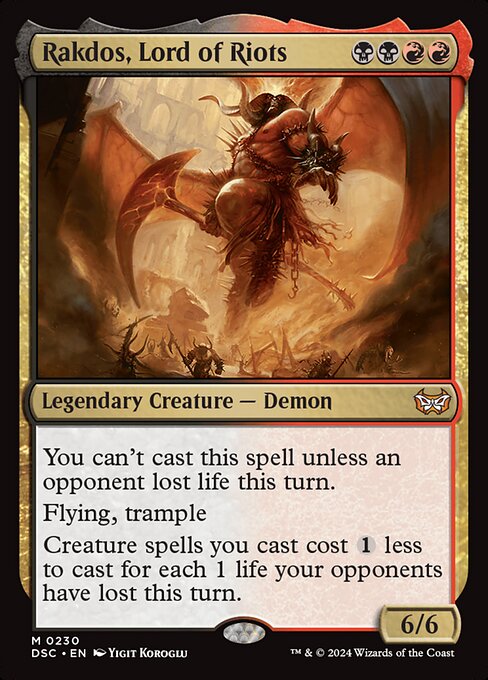
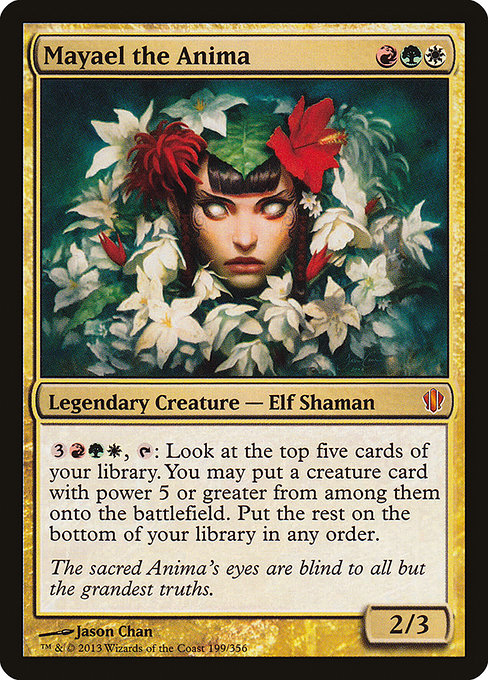

























![Commander Vs S2E8: Savra vs Mayael vs Reaper King vs Trostani [MtG: Multiplayer] thumbnail](https://i.ytimg.com/vi/PmxKvs6zQYE/sddefault.jpg)












